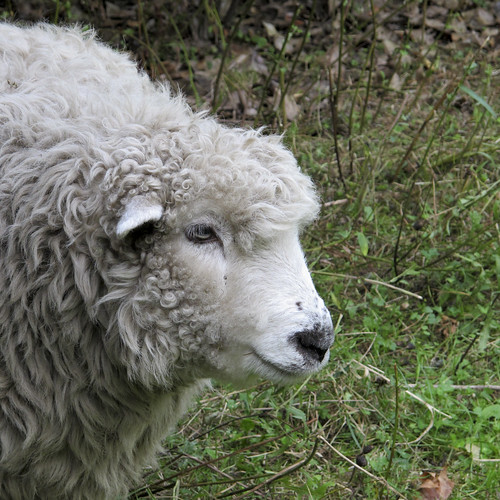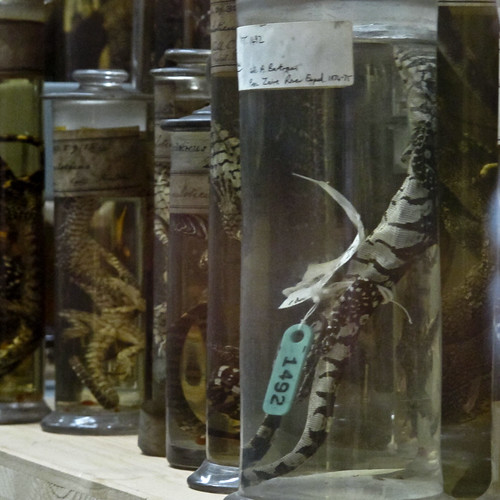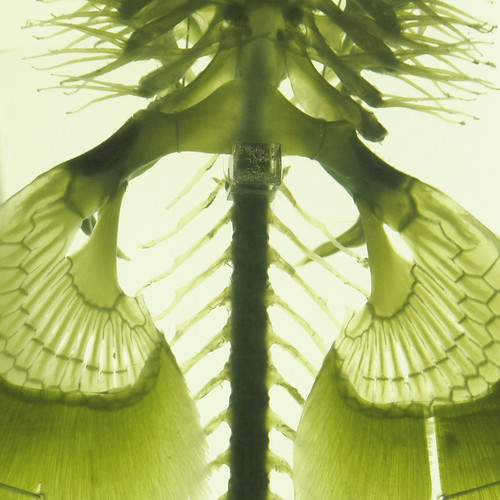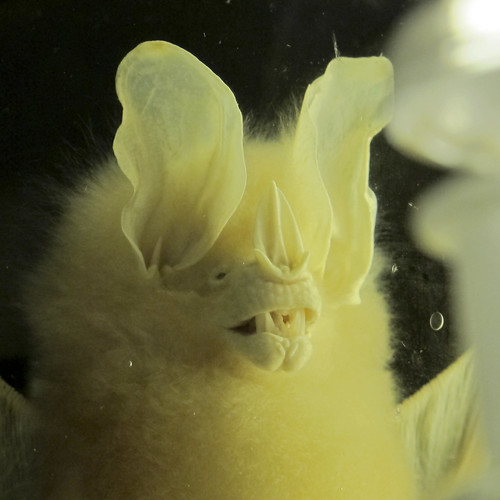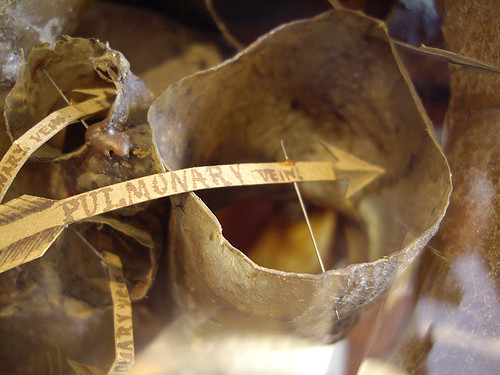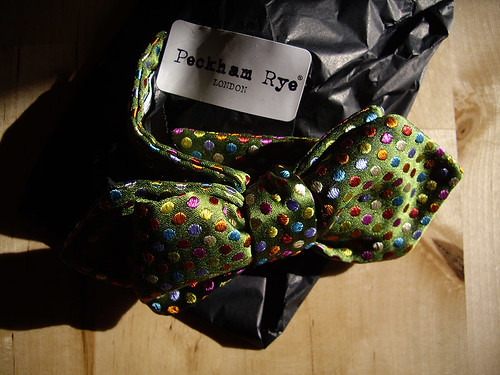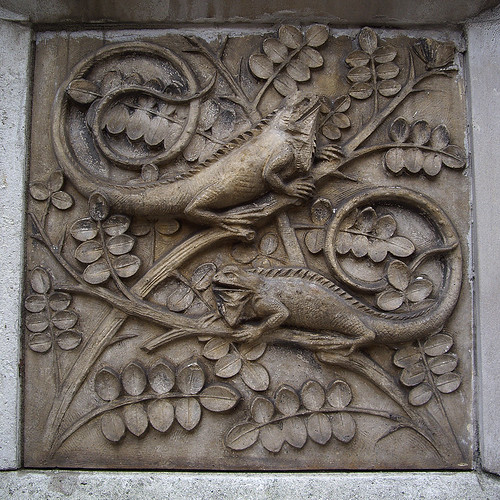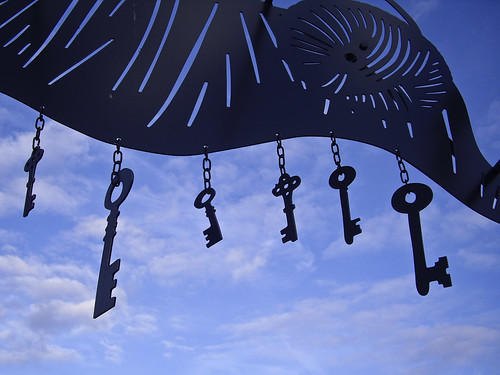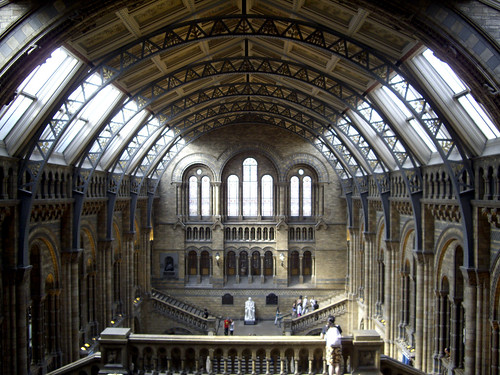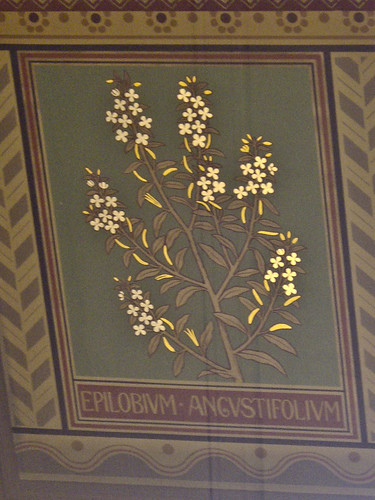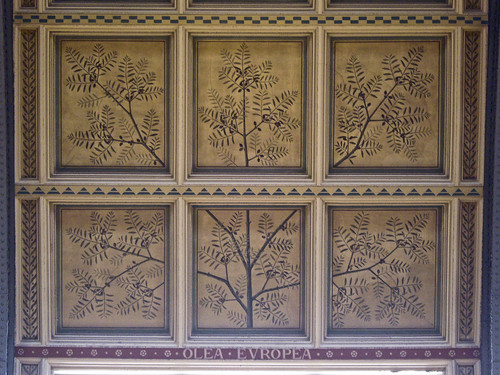This sheep is a Dartmoor Greyface. He is here to lull you into a false sense of security, because all the photos below this one are going to be of wobbly things in jars. If you don’t like wobbly things in jars, I suggest you just look at this lovely sheep for a bit. He lives at the Natural History Museum, in their Wildlife Garden. He had a couple of friends, and he seemed very happy there, grazing away on the meadow.
I went to the Natural History Museum to catch the Animal Inside Out exhibition before it closed. Paul declined to come with me on the grounds that he’s too squeamish, but given that it was full of excited three-year-olds yelling “look mummy, you can see all that squid’s insides!!”, I think he would have probably coped. Although some of you will no doubt be pleased to know that there was no photography allowed inside!
I felt that the exhibition was slightly on the small and under-explained side, although I don’t know what I would suggest to improve it. More detail on the actual plastination process, perhaps, which was described in just one paragraph. The exhibits themselves though were absolutely amazing. The delicacy of an entire animal comprised solely of its own blood vessels was stunning.
Many of the more robust pieces were on open display, so you could go right up to them and look really closely. Somehow the texture of the plastinated creatures gave them a somewhat “fake” quality, so you could easily believe that you were looking at very detailed models. I found that a tiny bit disappointing somehow, but then I’m the woman who likes a good old-fashioned spirit-and-taxidermy collection, so maybe it was simply all a bit too modern for my liking!
After I’d had a good look around the exhibition a couple of times, I wandered over to the Darwin Centre to find out whether the Spirit Collection Tours were happening this week. Sadly they weren’t, so I contented myself with pointing my camera through the windows. Hence the fuzziness of the picture above. But look! Lizards!
This is a fish, otherwise unlabelled. I don’t know what it’s been treated with to make it green, but it’s absolutely beautiful.
This is a Lesser Vampire Bat. Isn’t he adorable? Preserving mammals in formalin or methylated spirits tends to cause them to lose their colour over time, so they often turn either orange or white.
And this is an octopus. Please excuse the reflections on the glass, it’s hard to get rid of them when you’re taking a photo of an animal through a display case and a jar.
At this point I had to dash back to Paddington to catch the last off-peak fast train of the afternoon, so I didn’t really look at the rest of the museum. Next time I’ll get out of bed a bit earlier – there must still be corners of the place that I haven’t discovered yet!

